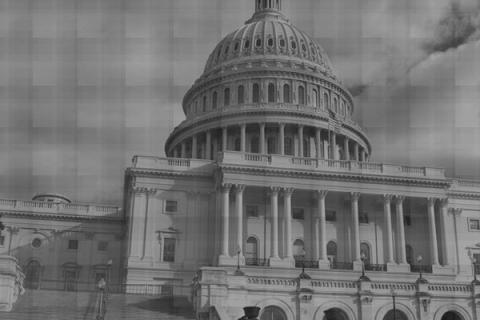
In November 1994, Californians voted yes on Prop 184, establishing the three strikes law by overwhelming majority of 72%. Eighteen years later, it seems that California may go back on that decision, as the three strikes law faces changes through Prop 36. Currently, the proposition is polling at a 72% approval rating.
In 1994, a twelve year-old girl, Polly Klaas, was kidnapped and killed by a repeat offender. The three strikes law proposal, made by the father of another victim of a repeat offender, gained popular support and was finally adopted as Prop 134. The dangers of casting a far-reaching net, both financially and socially, was highlighted, even in the law's early stages -- a less severe proposition had even been written. But anger and fear of having dangerous criminals running free convinced Californians to vote for one of the harshest three strikes laws in the country.
The law provides that, if a person is convicted of any felony, and has two or more prior convictions for serious or violent felonies, he or she must be sentenced to 25-years-to-life in state prison. This is the part of the law that has become increasingly controversial over the years, as California experiences a growing discrepancy between the type of people sentenced to at least 25 years in prison and the original purpose of the law.
The purpose of the law was to put murderers, rapist, and child molesters behind the bars for good. However, the broad definition used in the law led to unexpected results. More than 50% of people incarcerated under the three strike law have not committed a serious or violent offense.
A famous example of the system's flaws is the Leandro Andrade case. Mr. Andrade, who had two previous convictions relating to burglaries and drugs, stole $153 worth of videocassettes from two different K-marts before getting arrested. This constituted as two third strikes leading to two automatic convictions of 25 years in prison. His 50-year sentence has been confirmed by the Supreme Court ruling that the sentence was not disproportionate, as he will still have the possibility of parole. By the time he is released he will be 87 years old.
The evolution of California's opinion on this issue has been illustrated by the close defeat of proposition 66 in 2004. Proposition 66 was going to lax the three strikes system. The "No" campaign won with only 53.4% and it wasn't necessarily because Californians were not ready to change the law itself. The victory of "No" was mainly made possible by a last minute campaign against the initiative by then-governor Arnold Schwarzenegger. He depicted the proposal as an effort by one of its main proponents to release his son from prison.
8 years later, Californians seem to be ready to change the law and ensure it falls within its original purpose: to make sure violent criminals are taken off the streets. The last 4 years of economic struggle, as well as California's financial troubles, have increased the support of any proposition that cuts spending, and proposition 36 is one of them.
The biggest change the proposition proposes is that the third strike will need to be a serious or violent felony to automatically trigger the minimum 25 year sentence, not just any felony. The new law will also be retroactive. If the proposition passes, the main effects will be that less people will be sent to prisons, and a number of actual inmates will have their sentences reduced. This should, according to some studies, help the penitential administration save at least $70 million a year.
Keeping in mind that overcrowding in California's correctional facilities has been highly criticized in a 2011 Supreme Court ruling, Proposition 36 is giving voters the opportunity to address two issues at once.
